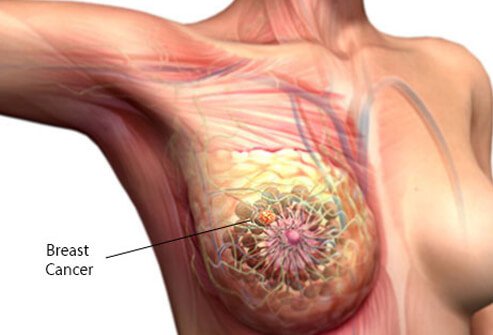
The dissemination meetings were held in two underserved communities identified as potential project study sites for trainees. The meetings were held at Aba –Apata, Agbowo and Inu Koko, Ashi located at Ibadan North Local Government Area of Oyo State on the 7th and 9th of February 2019 respectively to share findings of the NCDs risk assessment survey. These two communities were identified to serve as a training sites where trainees can execute research studies. In attendance were community leaders and representatives of the various community groups and structures. Findings presented are summairsed below.
The NCDs risk assessment survey at Aba Apata Community, Agbowo, Ibadan revealed a high level of physical inactivity, the average time spent on moderate and vigorous physical activity is 143 and 126 minutes per week. Only a third of the respondents reported the regular consumption of fruits and vegetables- 35.3% and 39.7% respectively and about one fifth regularly consume sugar-sweetened drinks and pastries while one tenth
(9.5%) use salt at the table. Seven percent of the respondents had ever used tobacco and 35.3% of these are current users while 7.5% are exposed to second hand smoke. Over a third (30.6%) had ever used alcohol, of these, 53.2% are current users.
Knowledge of hypertension is low; 60.7% of the respondents have poor knowledge of the risk factors for hypertension while 38.9% have inadequate knowledge of preventive measures. Majority (83.7%) had checked their blood pressure in the last one year; 13.9% had stage I hypertension while 7.1% had stage II hypertension. Over one tenth (12.5%) of the hypertensive respondents reported the use of alternative medicines and traditional healers for hypertension management.
With regards to diabetes, findings revealed that over half of the respondents had poor knowledge on its risk factors (51.7%), symptoms (49.1%) and prevention (38.3%). Only one third of the respondents had ever checked their blood glucose level (32.5%) and 12.1% were obese/overweight. Respondents had poor knowledge of breast and cervical cancers risk factors- 74.6% and 77.4% respectively. Screening practices were poor; only 1.5% had ever had a mammogram, 9.2% had had a clinical breast examination while 44.5% had done a self breast examination. With regards to cervical cancer screening only 4.1% had had a pap smear test and 0.6% had been vaccinated with the HPV vaccine.
At Inu Koko community, the NCD risk assessment survey revealed similar findings. Majority of the respondents were inactive and the average time spent on moderate and vigorous physical activity is 101 and 86 minutes per week. A significant proportion of the respondents reported the regular consumption of fruits and vegetables- 30.6 % and 33.1% respectively. While 27.8% and 8.1% respectively regularly consume sugar-sweetened drinks and pastries. About one tenth (9.7%) use extra salt at the table. Six percent of the respondents had ever used tobacco; majority (64.3%) of these were current users while 8.1% are exposed to second hand smoke. Slightly over a quarter (27.4%) had ever used alcohol, of these, 55.9% are current users.
Knowledge of risk factors for hypertension and preventive measures was low -61.3% and 33.9% respectively. Over one tenth (11.3%) and 4.8% had stage I and II hypertension respectively and 16.7% of hypertensive respondents use alternative and herbal medicines. Knowledge of diabetes risk factors, symptoms and prevention were low – 62.4%, 48.6% and 29.8% respectively. A few (23.4%) had ever checked their blood sugar level and 10.3% were overweight/obese.
Respondents had poor knowledge of breast and cervical cancers risk factors- 75% and 77% respectively. Screening practices were poor; only 6% had ever had a mammogram, 8.3% had had a clinical breast examination while 48.3% had done a self breast examination. About four percent had screened for cervical cancer using pap smear test while 0.6% had had a visual inspection with acetic acid. HPV vaccination was low (1.7%).
